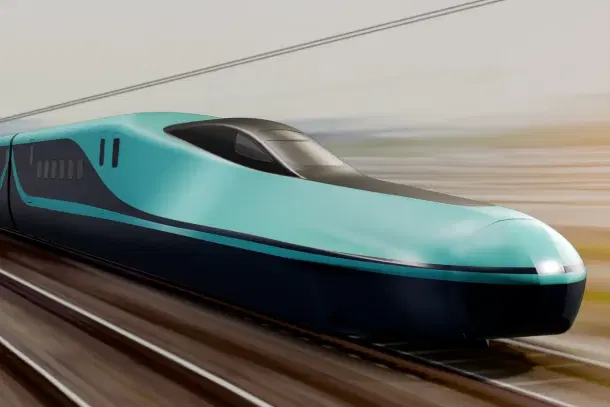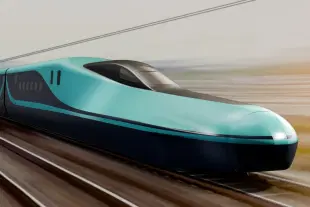News Brief
Mumbai-Ahmedabad Bullet Train Project Achieves New Milestone: NHSRCL Launches First Full Span PSC Box Girder In Maharashtra Section
Kuldeep Negi
Jun 21, 2025, 01:11 PM | Updated 01:17 PM IST
Save & read from anywhere!
Bookmark stories for easy access on any device or the Swarajya app.


The National High-Speed Rail Corporation Limited (NHSRCL) has launched the first full-span Pre-Stressed Concrete (PSC) box girder in the Maharashtra section of the Mumbai-Ahmedabad Bullet Train corridor.
The launch took place at Sakhare Village in Dahanu and marks a major construction milestone for the high-speed rail project.
This 40-meter-long girder, weighing approximately 970 metric tonnes, is the heaviest of its kind in India’s construction industry, according to the NHSRCL.
Each girder is cast as a single, monolithic unit using 390 cubic meters of concrete and 42 metric tonnes of steel, without any construction joints.
Full-span girders are being deployed on the project to significantly expedite construction as they offer up to 10 times faster progress compared to segmental techniques.
The girders are launched using indigenous heavy machinery such as straddle carriers, launching gantries, and girder transporters.
To maintain momentum, casting is done in advance and girders are systematically stacked at dedicated yards.
Thirteen such casting yards are planned between Shilphata and the Gujarat border; five are currently operational.
This method has already enabled NHSRCL to complete 307 km of viaduct in Gujarat since its first deployment in April 2021.
The Maharashtra segment of the Mumbai-Ahmedabad High Speed corridor spans 156 km and includes several complex engineering components: an underground station at Bandra Kurla Complex (BKC), a 21 km tunnel between BKC and Shilphata in Thane, and 135 km of elevated alignment extending up to Zaroli village at the Maharashtra-Gujarat border.
Of the elevated section, 124 km will be viaducts, including 103 km using 2,575 full-span launching method (FSLM) girders, 17 km of segmental girders, 2.3 km of steel bridges over key crossings like the Ulhas River, and 1.3 km across three stations at Thane, Virar, and Boisar.
The remaining 11 km features seven mountain tunnels and special earth structures.
Kuldeep is Senior Editor (Newsroom) at Swarajya. He tweets at @kaydnegi.





